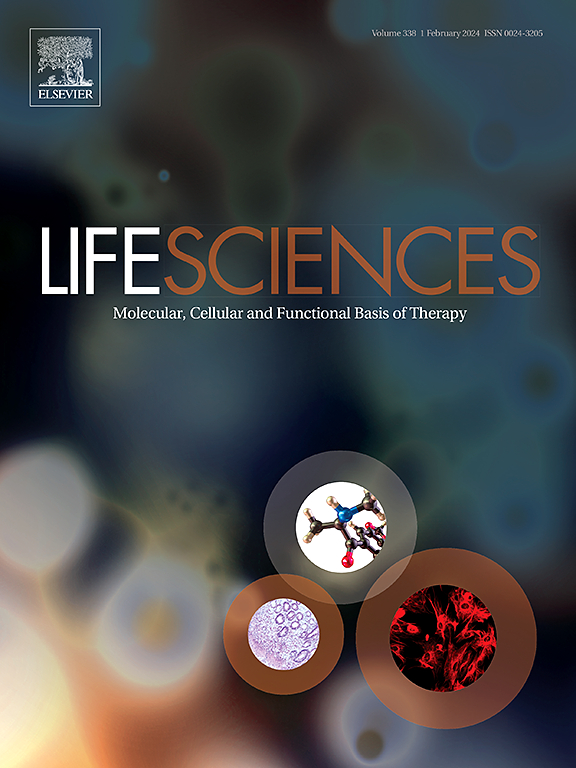Reproductive outcomes in female mice offspring due to maternal metformin treatment
IF 5.2
2区 医学
Q1 MEDICINE, RESEARCH & EXPERIMENTAL
引用次数: 0
Abstract
Aims
Metformin has shown beneficial effects on reproduction in women. However, its use during pregnancy remains controversial, as metformin can cross the placenta. Most studies have focused on the metabolic impact on the offspring of treated mothers, with limited information regarding its reproductive effects. The aim of this study was to evaluate potential alterations in ovarian function and fertility in female offspring of mothers treated with metformin during pregnancy and lactation.
Materials and methods
C57BL/6 female mice were treated with metformin four weeks before mating, and the treatment was maintained during gestation and lactation. Seven weeks after weaning, metabolic parameters as well as ovarian and reproductive function of the offspring were analyzed.
Key findings
The offspring of treated mothers were lighter at birth and, in adulthood, they had more gonadal adipose tissue with no alterations in body weight. No changes in glucose metabolism were observed. Their follicular development was modified, with more early antral and atretic follicles and less primary and late antral follicles. Anti-Müllerian hormone expression and ovarian angiogenesis were increased. The estrous cycle, hormonal production and fertility were not affected by metformin exposure, however, the F2 generation showed higher body weight at birth.
Significance
Metformin can induce fetal programming in animals exposed to it during development, impacting metabolism and ovarian functionality in adulthood. Under physiological conditions, these alterations do not result in reduced fertility or endocrine disruptions. Our data warrant studies in women to make informed decisions regarding metformin administration during critical developmental periods in clinical settings.

求助全文
约1分钟内获得全文
求助全文
来源期刊

Life sciences
医学-药学
CiteScore
12.20
自引率
1.60%
发文量
841
审稿时长
6 months
期刊介绍:
Life Sciences is an international journal publishing articles that emphasize the molecular, cellular, and functional basis of therapy. The journal emphasizes the understanding of mechanism that is relevant to all aspects of human disease and translation to patients. All articles are rigorously reviewed.
The Journal favors publication of full-length papers where modern scientific technologies are used to explain molecular, cellular and physiological mechanisms. Articles that merely report observations are rarely accepted. Recommendations from the Declaration of Helsinki or NIH guidelines for care and use of laboratory animals must be adhered to. Articles should be written at a level accessible to readers who are non-specialists in the topic of the article themselves, but who are interested in the research. The Journal welcomes reviews on topics of wide interest to investigators in the life sciences. We particularly encourage submission of brief, focused reviews containing high-quality artwork and require the use of mechanistic summary diagrams.
 求助内容:
求助内容: 应助结果提醒方式:
应助结果提醒方式:


